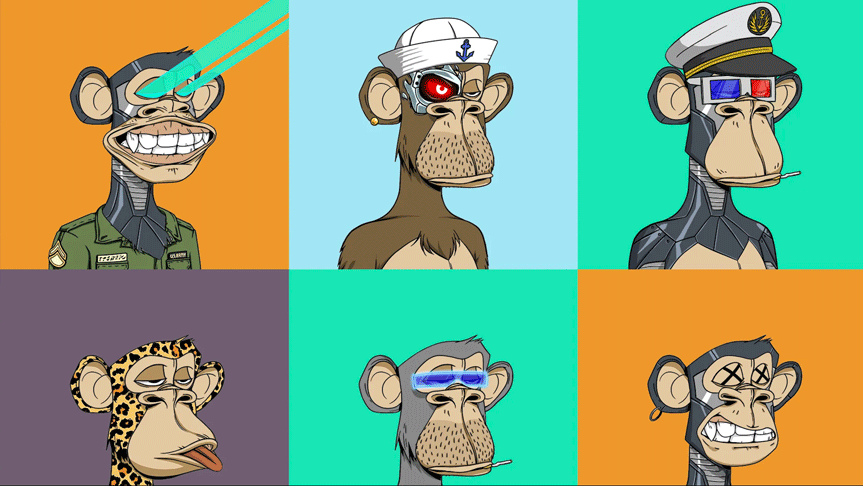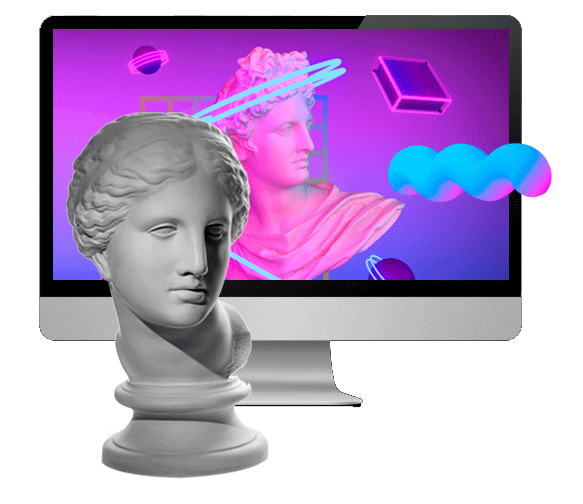With the advancement of technologies in various fields of life, human civilization continues to become more digitalized. Words like cryptocurrency, NFTs and Bitcoin, have been added to the daily vocabulary of many and it has now entered the chat of the art world.
Nevertheless, the majority of people genuinely have no idea what an NFT is or both its benefits and disadvantages as it paves its way to the art industry.
Understanding NFTs (non-fungible tokens)
NFTs, better known as non-fungible tokens, are distinctive cryptographic tokens that cannot be exchanged or replicated unlike cryptocurrency or physical money. They are differentiated from one another by special identifying codes and information. It helps to validate the accuracy of the data recorded in the blockchain to the traceable certification of ownership.
From real estate and artworks to a person’s identity and property rights, NFTs can represent the vast majority of things while reducing the likelihood of fraud and increasing the efficiency of purchasing, selling and trading them.
Artists can register their artwork as NFTs with a marketplace, after which they must “mint” digital tokens by uploading and confirming their data on a blockchain which cost from $400 to $200, according to Time Magazine. They are usually minted on the cryptocurrency Ether and the value of the artwork can then be determined by the highest bidder.
The value of NFTs in the art world

In the art world, the conventional art market has mostly depended on paper trails to confirm the traceability and authenticity of artworks. Prior to the advancement of technology, digital art over fine art had no intrinsic value and it didn’t have any place in the market as it could be easily duplicated with no capacity to properly identify and demonstrate ownership.
Through NFTs and their function to represent ownership, digital art is starting to be evaluated at the same level as other artworks, creating a market for artists and consumers to buy or sell the artworks.
When a collector buys a piece of art, they usually receive a certificate of authenticity. Rather than relying on paper records, through blockchain technology’s cryptographic protocols, NFTs can also serve to provide certificates of authenticity.
Environmental impact of NFTs
Although NFTs have had a pragmatic influence on the digital world of art, their impacts on the environment cannot be dismissed.
Since NFTs operate on the process of “minting,” many have been concerned about the high carbon footprint left behind. Thus, the viability of the NFT economy as a whole has been questioned due to ethical and environmental concerns about the carbon cost of producing NFTs.
When an NFT is sold, the buyers are compensated through something called “the cryptocurrency Ethereum.” Similar to converting different national currencies, these Ethereum can be cashed out according to the varying exchange rate.
Up until 2021, Ethereum utilized the same algorithm as Bitcoin known as proof-of-work (PoW) which was deemed unsustainable. Due to that, the carbon impact of a single Ethereum transaction, according to Digiconomist, used to be 33.4 kg CO2, equivalent to the carbon footprint of 74 000 VISA transactions.
In September, Ethereum switched to a proof-of-stake algorithm in favour of its previous PoW mechanism. As a result of this modification, there is no longer a network of energy-guzzling mining equipment vying with one another to produce the subsequent block for the underlying blockchain according to Digiconomist.
Now, a single Ethereum transaction leaves 0.01 kg of CO2, equivalent to the carbon footprint of 22 VISA transactions or 2 hours of watching Youtube. That might not seem a lot but there have also been other ways to utilize NFTs with zero carbon footprint.
A Canadian-based company, MetaWorks (formerly CurrencyWorks) is converting oil waste into eco-friendly energy that drives cryptocurrency mining. Through this self-sustaining mechanism, the company distributed an Anthony Hopkins film, Zero Contact, which was released last year as an NFT with zero carbon impact reflecting on the United Nations Sustainable Development Goals of promoting Industry, Innovation and Infrastructure and Climate Action.
Likewise, platforms like Artrade claim to be the first carbon-neutral app to address the issue of NFT carbon impact. Its creators have hope to redefine how producers and investors engage with NFTs and blockchain networks.

Artrade uses Solana blockchain technology rather than the Ethereum network which it claims is significantly more effective and ecologically friendly than the Ethereum network.
Nevertheless, artists such as Bronx-based NFT artist, Huppings, believe that “although ETH is not good for the environment, the effects it has are nothing compared to large corporations like Amazon. Those companies are the biggest perpetrators of climate change,” he said in an article by Time Magazine.
Alas, a creative revolution is being sparked by the introduction of NFT altering how artists may market their work. However, as our society moves further into the digital age, we should also consider the repercussions of these advances and what it means for the world we live in.
